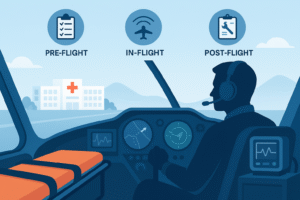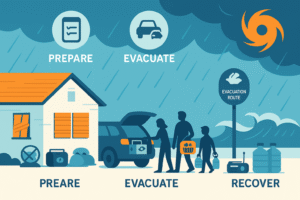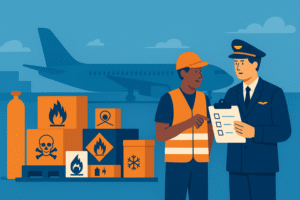BeSafe Flight School
Connecting Pilots with Purpose
Welcome to BeSafe Flight School, where we prepare skilled pilots for critical missions in aviation and medical evacuation (medevac). Our courses empower both new and experienced pilots with specialized training, ensuring they are equipped to handle challenging scenarios in the air
Comprehensive Training Programs
Experienced Instructors
Specialized Medevac and Dangerous Goods Courses
Fast-track Career Opportunities
State-of-the-Art Simulators and Equipment
About Us
Aviation is a key part of the global economy, connecting people, goods, capital, and technology across cities and countries. The aviation industry is growing quickly and is expected to continue to do so.
Along with civil aviation, the evacuation of seriously ill patients plays an important role in our lives.
Transporting a victim by air takes less time and fewer patients experience complications en route because they can get to a medical facility, hospital or clinic more quickly where they can receive timely care.

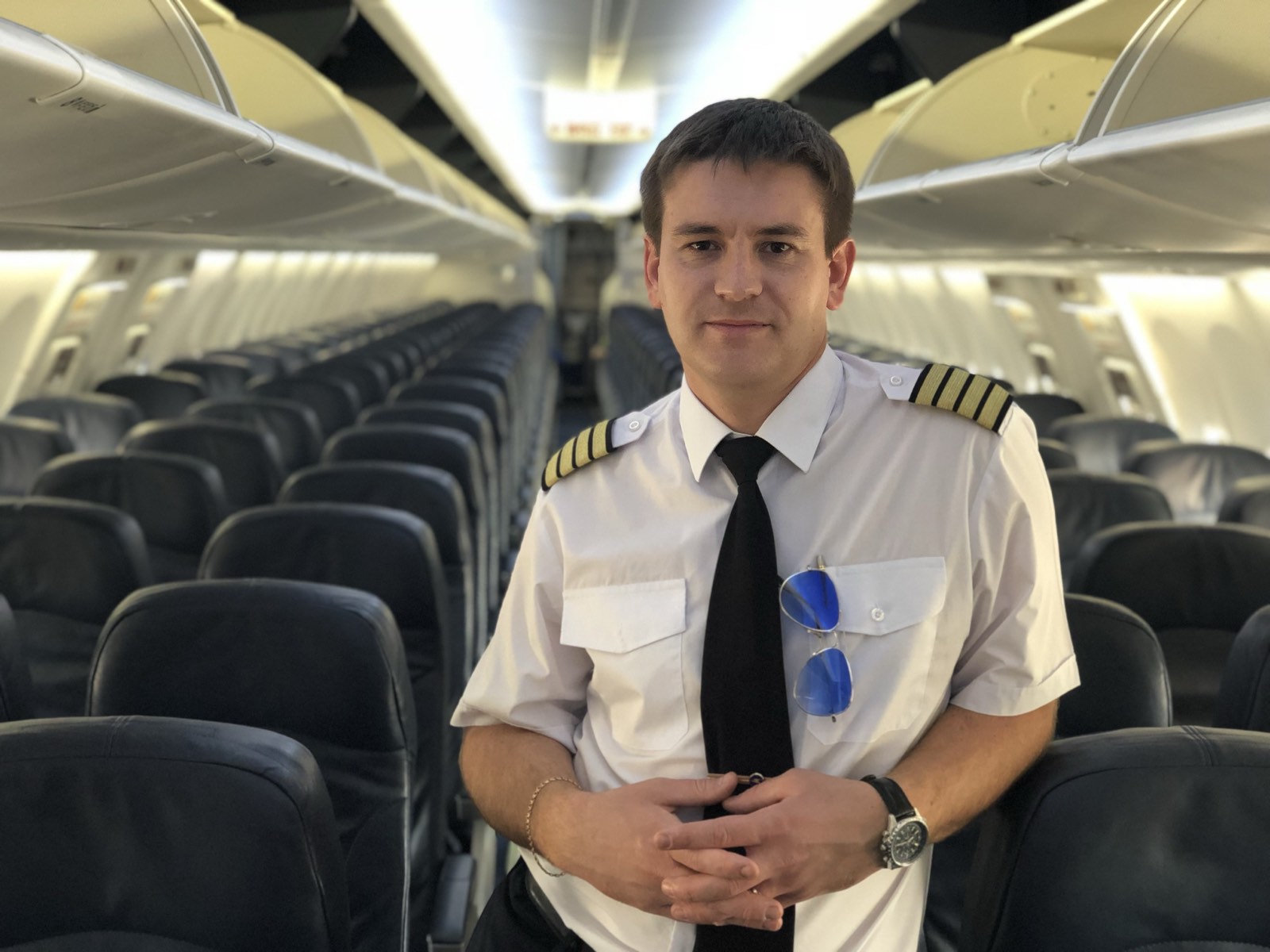
Have you heard the term medevac used before but aren’t sure what it means? Well, medevac is short for medical evacuation, and it refers to the evacuation of persons (usually by air transportation) to a place where they can receive medical care.
MedEvacs typically are needed when there’s an accident in a relatively remote place domestically; when someone is outside their home country; or when someone becomes acutely ill and needs to get home for treatment.
Medevac, or medical evacuation, is important because it ensures patients receive the care they need quickly, which can be life-saving in critical situations. Medevac services are especially important in environments where medical facilities are not immediately accessible, such as remote areas or during critical medical emergencies
Becoming a Medevac (medical evacuation) pilot involves a combination of education, flight training, and specialized skills.
The main task of such a pilot is to transport the patient to a medical facility as quickly as possible, especially in cases involving remote or hard-to-reach areas where ground transport is difficult or impossible.
We have created courses for pilots that enhance their knowledge in the field of medevac as well as in the transportation of dangerous goods. Our courses are designed for currently active pilots as well as for beginners.
Our Courses
Explore our specialized training programs designed to equip pilots with essential skills for critical missions.
General Aviation
- Aircraft performance
- Automation management
- Aviation safety action program
- Controlled flight into terrain
- Continuous descent final approach
- Crew resource management
- Emergency procedures
- Fatigue management
- Traffic Collision Avoidance System (TCAS)
- Upset Prevention and Recovery Training (UPRT)
Evacuation in Extreme Weather Conditions
- Understanding volcanic ash dangers
- Managing clear air turbulence
- Techniques for visibility issues due to weather, including rain, hail, and volcanic ash
Flight Rules in Different Parts of the World
- FAA, ICAO, and EASA rules and compliance
- Designed for international pilots, air traffic controllers, and aviation professionals
Transportation of Seriously Ill Patients
- Techniques for preparing and stabilizing critically ill patients before flight
- Coordination with ground and air medical teams
- Familiarization with medevac-specific equipment, including securement devices, medical kits, and onboard communication systems
Evacuation from High-Risk Areas
- Communication with local authorities and air traffic control
- Hijacking resistance techniques and communication with hijackers, if necessary
Transportation of Organs for Transplantation
- Best practices for preserving organs (cooling, packaging, handling requirements)
- Planning and executing rapid transport, including time management and route optimization
- Use of containers and temperature-controlled systems
- Overview of transportable organs, storage duration, and required documents
Your Achievement, Our Recognition
At BeSafe Flight School, every successful training is celebrated.
Upon course completion, each participant receives an official Certificate of Completion, confirming the knowledge and skills gained.
This certificate:
-
Proves your specialized aviation training
-
Strengthens your professional portfolio
-
Is recognized by international aviation standards
Be proud of your growth — your certificate is a symbol of readiness to take on critical missions in aviation and medevac.

Aviation Courses for Children
- Module 1: Aviation Basics (history, classification, aerodynamics, aircraft design, basic aviation English, physical training, aviation universities, admissions)
- Module 2: Managing Physical, Emotional, and Intellectual Development (goal-setting, SMART technique, personal development plan)
- Module 3: Virtual Flight Practice (aviation meteorology, managing failures, navigation with dispatch services)
Training Format
Recorded videos from real locations (e.g., Boeing cockpit)
24/7 access from any device in a personal account
Weekend webinars with pilots, organized by age group
Quests, quizzes, interactive classes with instructors
Exams covering theoretical training and piloting practice
Volunteer Program
Inspiring the Next Generation of Aviators and Medical Responders
Age Groups
5-10 years: Interactive activities, games, and demonstrations.
10-18 years: Lectures, hands-on activities, and specialized workshops.
Lectures and Workshops:
We conduct lectures in schools and organizations to introduce children to the exciting world of aviation and emergency medical services.
Seasonal Programs:
Spring, Summer, Fall, Winter.
For additional information, please contact us:
✉️ Email: [email protected]
Aviation Inspires the Next Generation: Special School Presentation
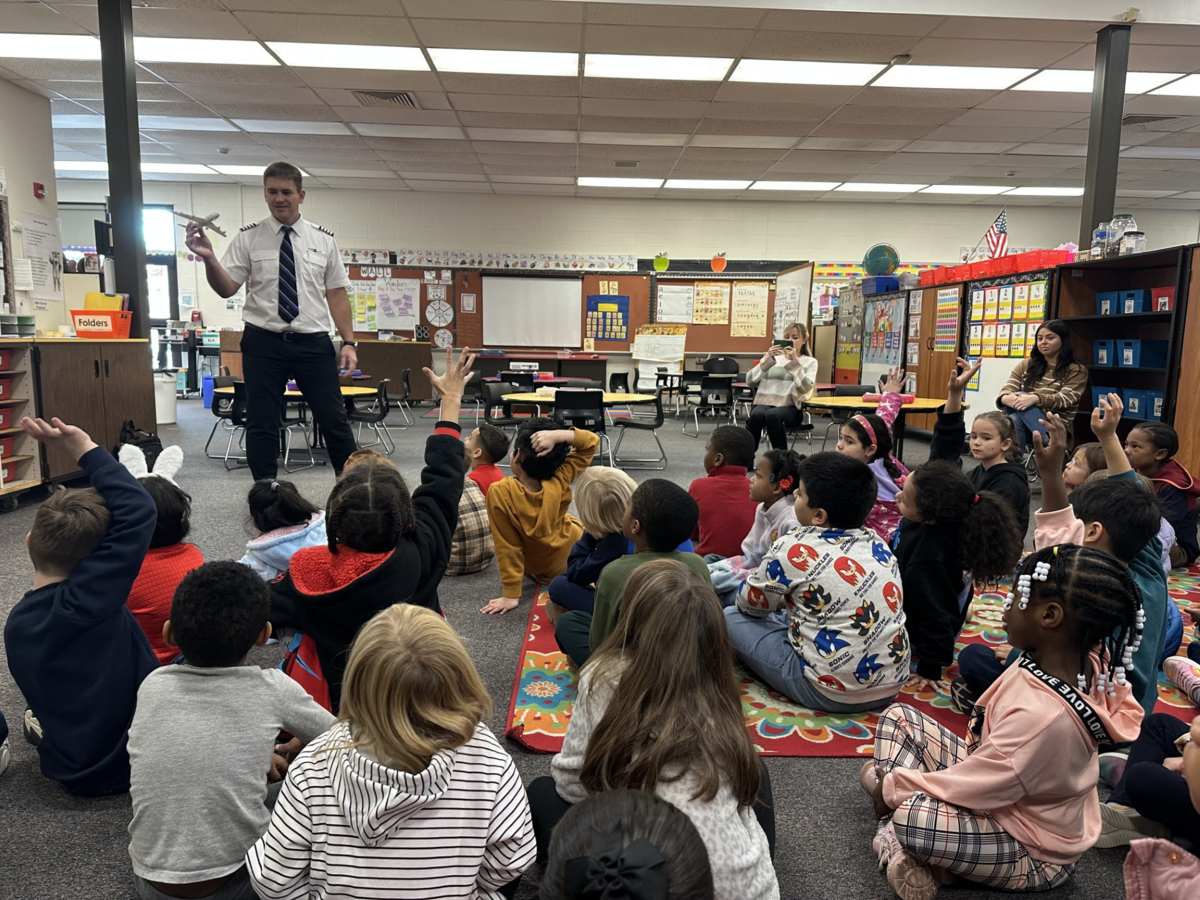
On December 5th, BeSafe Flight School conducted an engaging and educational presentation at a local school on the topic of “Aviation in Our Lives.”
The event captivated students of all ages, giving them a closer look at the fascinating world of aviation. The classroom was transformed into a miniature runway, where children observed simulated landings and takeoffs, providing them with a vivid experience of how aircraft operate.
The interactive session encouraged students to explore their curiosity. They eagerly asked questions about airplanes, pilots, and how aviation shapes the world. The children also participated in hands-on activities, including a fun workshop where they learned to craft paper airplanes. Even the school principal joined the excitement, showcasing his paper airplane-making skills!
This presentation wasn’t just about airplanes; it aimed to ignite a passion for aviation among young minds and inspire them to consider careers in this thrilling field.
BeSafe Flight School is committed to inspiring the next generation of aviators and aviation enthusiasts through such interactive initiatives. By combining education with fun, we aim to show that the sky is not the limit—it’s just the beginning!
Frequently Asked Questions

What is a Medevac Flight?
A medevac flight is a specialized medical flight for patients who require medical attention during transportation to or from a medical facility.
How quickly can a Medevac Flight be arranged?
Medevac flights can often be organized within hours. They operate similarly to private jets, providing direct flights with minimal delays. For long distances, refueling stops may be required.
How much does a Medevac Flight cost?
The cost of a medevac flight varies depending on several factors, including the distance traveled, the level of care required, and specific medical needs.
What training is required to become a Medevac Pilot?
Becoming a medevac pilot requires specialized training in emergency response, patient safety, and advanced piloting skills to handle critical situations.
What equipment is available on a Medevac Flight?
Medevac flights are equipped with securement devices, medical kits, and advanced onboard communication systems to ensure patient safety and stability.
Can organs for transplantation be transported by air?
Yes, organs are frequently transported by air for transplantation. Special containers and temperature-controlled systems are used to ensure their viability.
What are the challenges of flying in extreme weather conditions?
Extreme weather conditions, such as volcanic ash, turbulence, and poor visibility, present unique challenges. Specialized training helps pilots manage these risks effectively.
Are there international regulations for medevac flights?
Yes, medevac flights must comply with various aviation regulations, including those from the FAA, ICAO, and EASA, depending on the region of operation.
